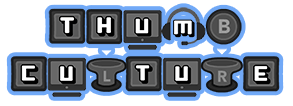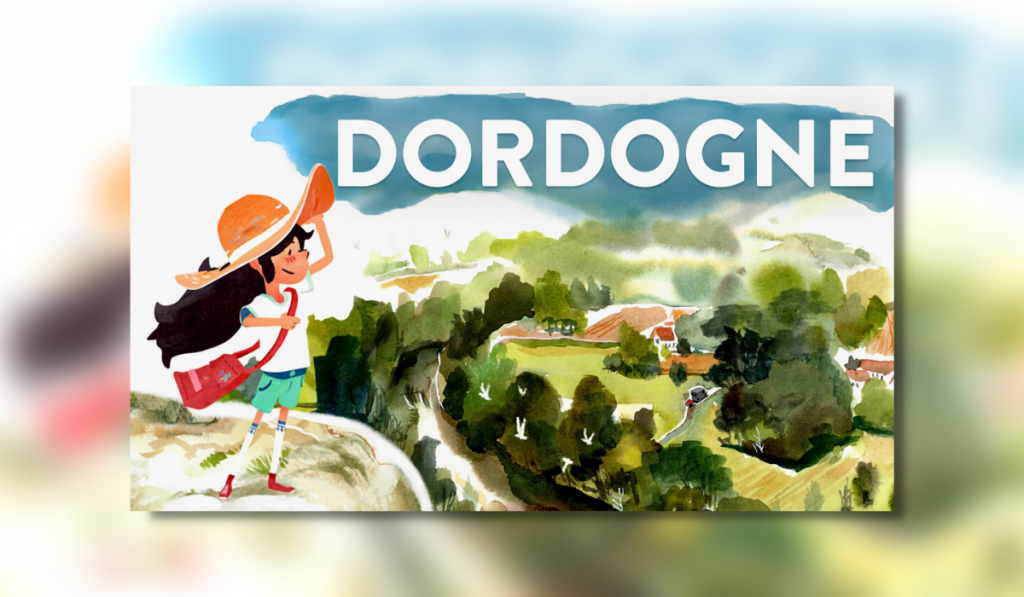
Developer Un Je Ne Sais Quoi and Production Company Umanimation bring us the narrative adventure game, Dordogne. Based in the French Department of the same name, Dordogne primarily tells the story of Mimi. Mimi is a 32-year-old woman revisiting her recently deceased grandmother’s home in an attempt to recover lost memories of the last summer she spent there 20 years earlier.
The inspiration for the game is in part from Game Director and Illustrator Cédric Babouche’s own childhood summers spent at his grandmother’s house. Babouche, who has worked in animation for 15 years, is exploring video games as a storytelling medium for the first time with Dordogne. He states he was drawn to the medium’s relative freedom as opposed to the confines present in developing for TV and cinema.
Dordogne is published by Focus Entertainment and I played the PlayStation 5 version for the purpose of this review.
Discover Mimi’s memories of Dordogne while making your own
If like me, you’ve been patiently waiting for Dordogne to launch, I hope this review makes you more excited to finally play. After this, if you’re looking for something else to play on PlayStation this month, check out our article on June’s free PS+ Essential games.
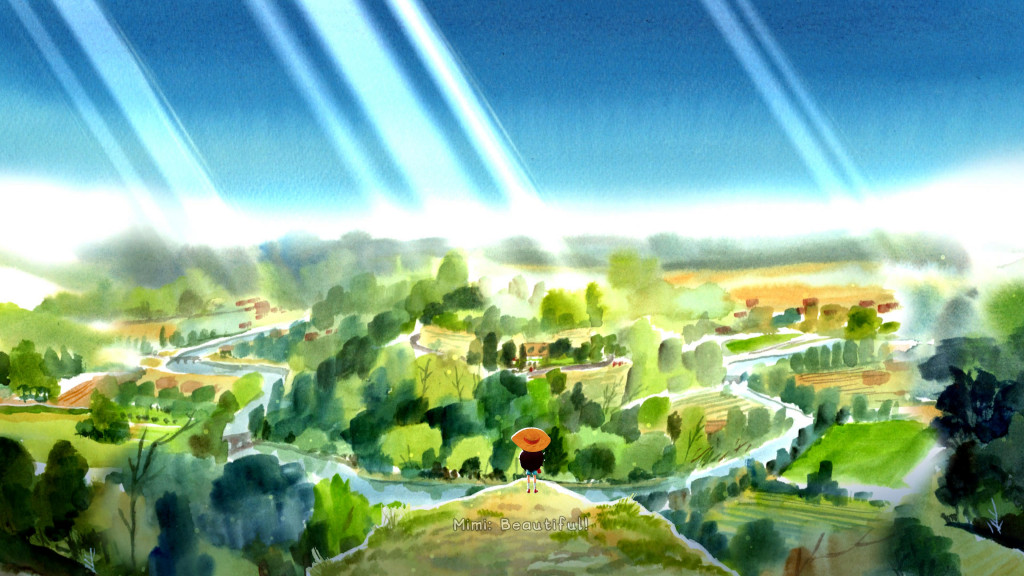
Gameplay
Dordogne is first and foremost a narrative experience. Its main focus is to deliver a compelling story about Mimi, our main character. The story is told from Mimi’s perspective at two different times in her life; as a young girl enjoying summer with her grandmother and as an adult trying to rediscover the memories made as a child. We meet her as she makes her way to her grandmother Nora’s house, having received a letter as part of her will. Nora has left a box of memories, and another letter, at the house for Mimi to find. In this initial scene, we are also briefly introduced to one of the core mechanics of the game.
In order to solve puzzles and interact with the story in various scenarios, you can select and manipulate certain objects. Opening bags and drawers, connecting items together, or lifting and pouring, are examples of these interactions. While these are sometimes used to solve puzzles, there’s nothing complicated or brain-teasing involved. Instead, these moments act as a way to keep you engaged with the story. Many of these mini-games include words superimposed onto objects in the scene. This is a really neat way of using the actions performed to advance conversations between Mimi and others.
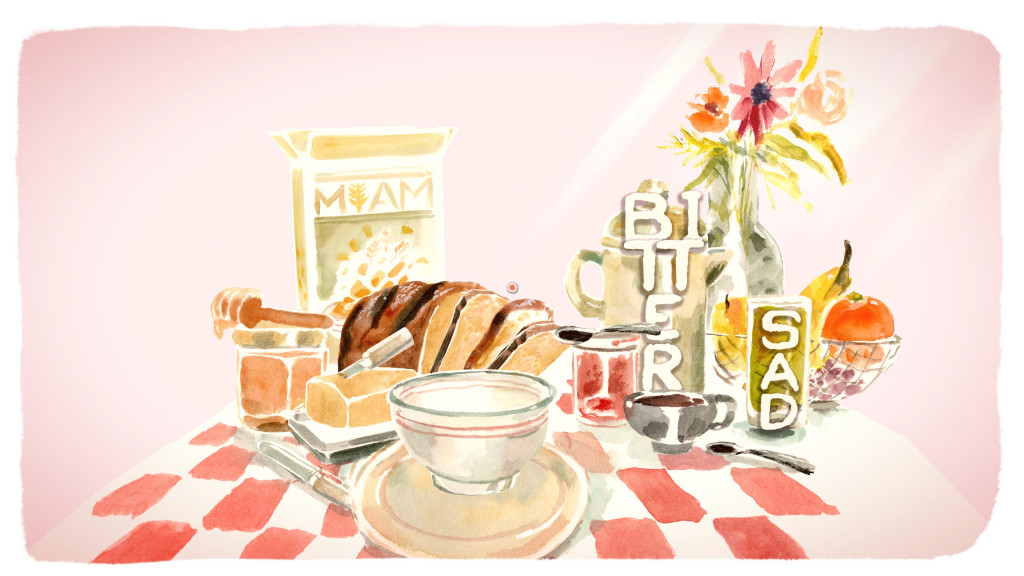
Exploring and Collecting
Alongside the puzzles and narrative, Dordogne features a healthy amount of exploration, though it’s contained in a handful of areas with limited accessibility throughout the story. For instance, Nora’s house serves as the main focal point and you’ll explore it across multiple days in younger Mimi’s life. Interspersed among this are trips to a market, journeys along the Dordogne (river) and scenes at other locations. All of these scenarios are beautifully created in watercolour artwork.
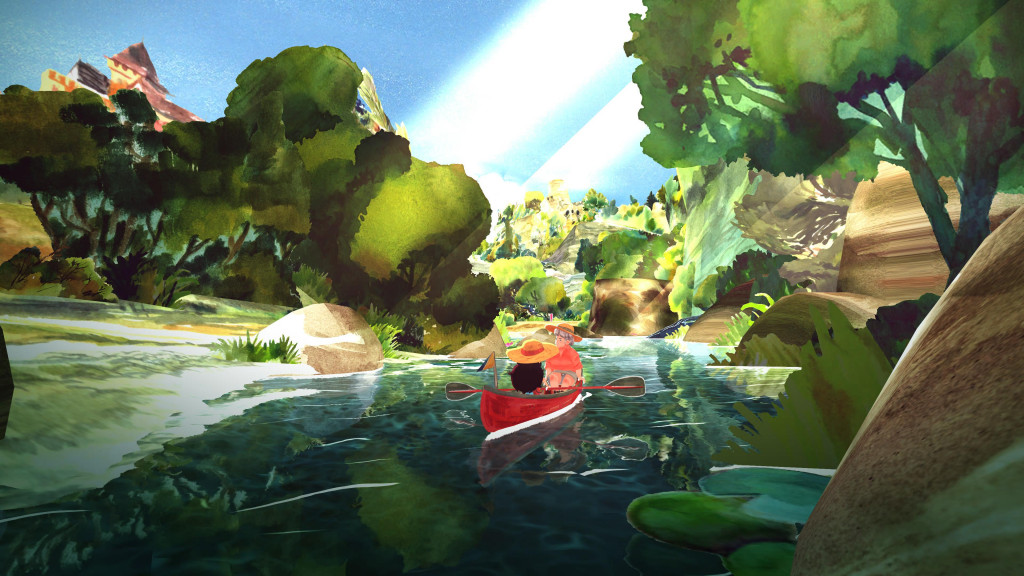
Collectables also serve to link gameplay and storytelling. Adult Mimi will be looking out for various letters scattered among Nora’s house. The contents of these letters flesh out some stories concerning Nora, her husband, Mimi’s parents and Renaud (a childhood friend of Mimi’s).
Younger Mimi has a lot more to be on the lookout for. She’ll be collecting stickers and words along with capturing photos and audio recordings. You’ll then use these to complete pages in Mimi’s binder, documenting her thoughts and feelings at the end of each day.
Graphics & Audio
The undeniable main selling point of Dordogne is its beautiful, hand-painted artwork that adorns practically everything in the game. Babouche has brought over 30 years of watercolour experience and created almost 200 paintings. Most of these paintings depict real landscapes found in the game’s namesake, as shown below.
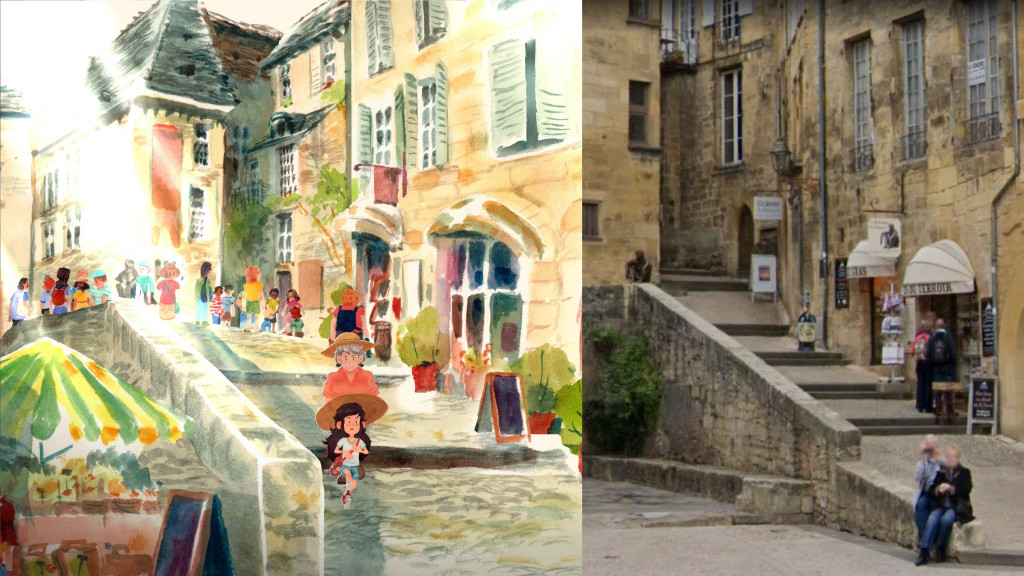
Usually when I’m playing a game for review, I get to the end of my playtime and realise I need to go back and grab some screenshots. This was absolutely not the case here and instead, I faced the task of sifting through a stack of delightful images to pick the ones you see here.
Each chapter of the story is accompanied by its own musical track. These either provide a pleasant backing for the story or add to the emotions the scene is trying to evoke. In one of the final chapters, for instance, I knew some more dramatic action was on the way due to the shift in the tone of the score. I didn’t use my headphones during my playthrough, but if I sit down with the game again, I certainly will. There are moments during the game, like kayaking up the river, when the sounds of the water and surrounding nature create a charming soundscape that I’d like to be more immersed in.
Longevity
Originally, Babouche’s first game was intended to be a point-and-click adventure called Mr Tic Toc and the Endless City. This project would have been a larger, more expensive endeavour and so he was advised to start with something smaller, but equally beautiful and interesting. Accordingly, I found Dordogne to be a tight, focused story, clocking in at around 5 hours. In my opinion, this serves the game and story well. There’s enough content here to deliver the main story adequately and not become repetitive or over-scoped.
Players who want to spend more time marvelling at the scenery and making extended use of the in-game photography will squeeze out a little more time. Similarly, completionists may possibly go for an additional playthrough as there is no chapter select for collectable clean-up.
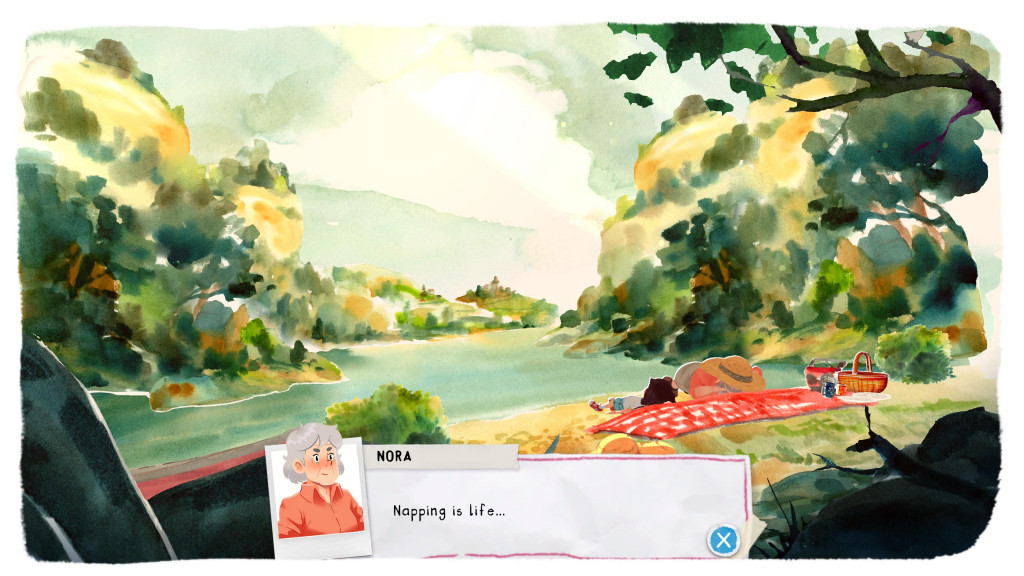
Final Thoughts
On the surface, Dordogne is a bittersweet story about a woman rediscovering her memories of childhood joy and adventure. However, there are also other threads exploring complicated familial relationships and struggles. While I feel the main story had a satisfactory conclusion, some of the other plot lines could use some more clarity or closure.
In terms of gameplay, the exploration and light puzzle elements are a fantastic complement to the narrative and are engaging and fun. I imagine this game will be playable by a wide audience, as intended by the developers.
If you enjoy narrative games, Dordogne is for you. If you do play and enjoy it, be on the lookout for future projects that will explore the story further, including a short film called Les Ricochets, and comic books.
All said and done, I’m presenting Dordogne with a Thumb Culture Gold Award.

Disclaimer: A code was received in order to write this review.
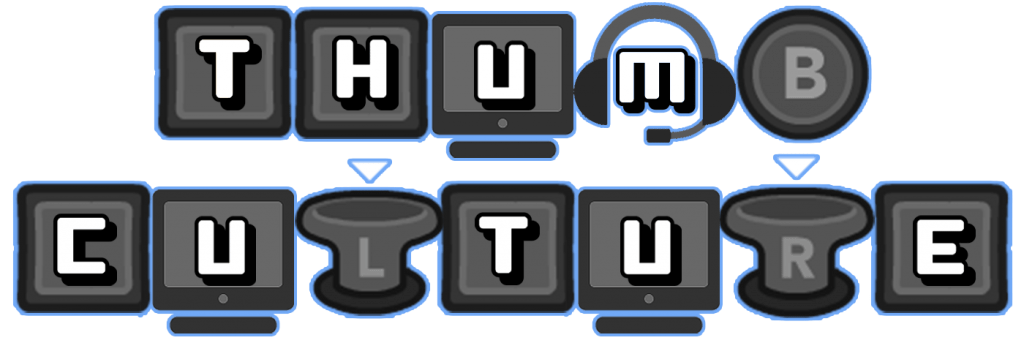
YouTube | Facebook | Twitter | Instagram | Discord | Podcast
